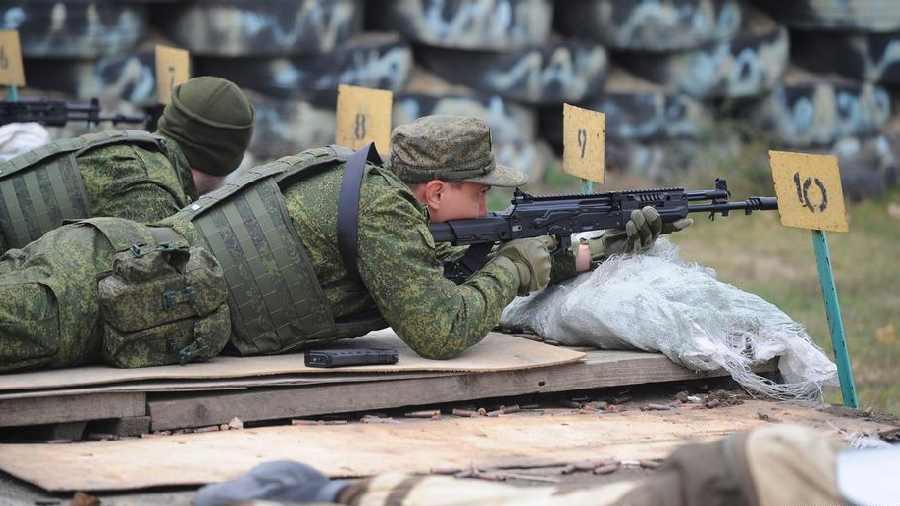Lined up in the dark in civilian vehicles, lights dimmed, a company of soldiers waited silently at the side of a road.
Farther behind, a second company was parked, an occasional light inside a car revealing the face of a soldier. Still farther back, a third company was moving into place.
After months of epic struggle, the fight over the Ukrainian city of Bakhmut had seemed in recent days to be reaching a climax, with Russian forces close to encircling the city and some Ukrainian units pulling out.
Then, early on Saturday, Ukrainian assault brigades went on the attack. Over the weekend, hundreds of troops joined the counteroffensive, mounting assaults from the ground and pounding Russian positions with artillery from the surrounding hills. Ukrainian commanders acknowledged that their forces in Bakhmut still faced the risk of encirclement, but the fighting over the weekend showed that a military that has surprised the world with its doggedness was not yet ready to give up on Bakhmut. How holding the city might fit in with its broader plans was less clear.
Even before Ukraine stepped up its attack on Russians in Bakhmut on the weekend, its forces had moved to beat Russian troops back from the last main highway into the city. That preserved both a supply line that has helped Ukrainian soldiers tie down the Russian offensive for months and an exit route for them should they decide to retreat. “I’m confident Bakhmut will hold,” said Colonel Yevhen Mezhevikin, commander of a combined tactical group fighting in Bakhmut. “We have enough forces to throw the enemy back from this city, but it depends on the tasks the command has, be it holding the city, or inflicting maximum losses on the enemy.”
Soldiers on the ground expressed weariness, but they did not seem ready to give up. Bakhmut itself, a city with a pre-war population of 70,000 inhabitants, has little strategic value. It was simply the next in the line of fire of a Russian offensive to seize the eastern province of Donetsk. But the battle for the city has created a defining moment of the war for both the Russian and the Ukrainian armies. No longer is the fight about Bakhmut: It is a marathon contest to see which army can break the other.
Russia has thrown tens of thousands of newly mobilised troops into a huge ground assault to take the city by sheer force of fire and manpower. Ukraine has used every hard learned tactic from a year of war to hold ground and inflict maximum casualties on the invader, often battling from house to house in neighbourhoods of smashed houses and stunted trees.
Ukrainian troops have steadily lost ground, ceding outlying villages and suburbs in recent weeks. And late winter has been particularly punishing. Weeks of freezing temperatures and now the onset of the mud season have sapped their strength, soldiers said.
“The fog is constant —every night we see almost nothing,” the commander of a combat drone unit attached to the 59th Brigade, who goes by the code name Madyar, said in a video message from the front. “The temperature is above zero for a third day,” he added. “Everything melted. Mud up to the knee. Rain 10 times a day. Makes it difficult to perform tactical tasks.”
Late last week, Madyar said his unit was pulling out. Other units have, as well. It remains unclear if the movements were part of a rotation or of a controlled withdrawal. In one nearby town, Chasiv Yar, the terrifying power of the Russian assault is unmistakable. Shops and homes are boarded up and the streets are deserted save for a few civilians carrying plastic shopping bags. Ear-splitting explosions sounded almost constantly on recent visits as Ukrainian artillery fired on Russian positions in and around Bakhmut and Russian guns returned fire. One woman, Lena, ignored the explosions and barely glanced at unexploded rockets sticking out of the asphalt.
New York Times News Service











